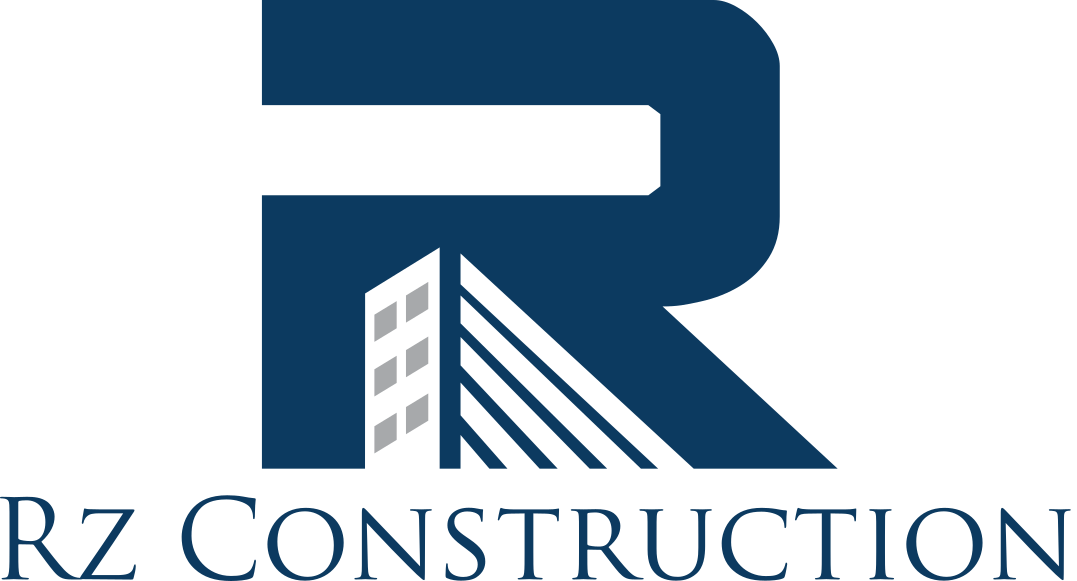While brick, stone or block structures can easily survive for many decades and remain strong and stable, the mortar joints that hold a structure together, have a far shorter lifespan. While this is understandable given the conditions they’re exposed to day in day out, ignoring damage or cracked mortar joints is never advisable, and can result in serious harm to a structure.
Tuckpointing is one of the most common and effective methods when it comes to repairing mortar joints, and any questions you might have about the process, are addressed for you below:
What is tuckpointing?
The process of tuckpointing usually involves the mortar being ground down and removed, and the void filled with a stronger, fresher mortar. While this method is labor intensive, it is also highly effective and when carried out by a professional masonry contractor, can recapture the previous look of the structure.
How can you tell if a wall needs tuckpointing?
One way of determining if your mortar joints need to be repaired, is by rubbing a sharp object along the mortar to see whether it crumbles at all. If it does, then you should hire a masonry contractor to start repairing the mortar as soon as possible.
Why should you have your mortar joints repaired?
When mortar begins to weaken, it’s easy for moisture to find its way into the stone/brick masonry, and if this is left untreated, it can quickly and easily trigger more serious moisture issues within the very structure of the building. Long term neglect of damaged or failing mortar joints, will eventually lead to a deterioration of the wall, and in a worst case scenario, could cause a structure to collapse and cause harm to anything within the immediate vicinity.
Tuckpointing will save the integrity of a wall and prevent it from crumbling or collapsing.
Tuckpointing is best as a preventative method of repair
While you might be tempted to wait until its absolutely necessary to have your wall(s) repaired by a masonry contractor, it’s far more cost effective to arrange for it to be carried out before extensive damage is observed. In other words, if your home is older and you’ve begun to notice light degradation of the mortar joints, this would be the ideal time to call a masonry contractor and have them carry out tuckpointing; doing so could save you a lot of money as the walls of your home will only continue to degrade and become more unsafe over time.
Is it ever too late for tuckpointing?
Loose walls or chimneys may have damage that tuckpointing won’t be able to repair, since the damage is too extensive. In these instances, demolition and rebuilding may be the only option.
Basically, if you notice any issue with the mortar joints on the walls or chimney of your home, you should have a local masonry contractor come out and evaluate it as soon as possible. If tuckpointing is an option, they’ll likely recommend it since it’s usually the most effective course of action for minor mortar repairs.
